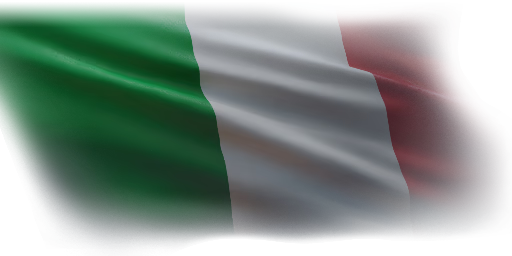
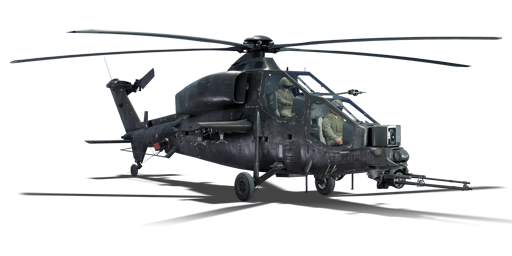


After the creation of the A129 International, and its failure to be exported to other countries, Italy, Spain, Great Britain, and the Netherlands signed a memorandum in 1986 to have a better version of the A129 developed. The project, named the Joint European Helicopter, called for more powerful engines, a new rotor system, retractable landing gear, improved armament, and improved sensors. However, the project was cancelled in 1990, with Great Britain and the Netherlands buying the AH-64 Apache and Spain opting for the Eurocopter Tiger. Nevertheless, thanks to the project the Italians were able to improve the A129 and put it into service as the A129 Mangusta 'Combat' (A129CBT), which had modernised avionics. It would eventually be used in various theatres of war such as Iraq and Afghanistan.
Introduced in Update "Hot Tracks", the A129CBT is an excellent helicopter for its low-speed manoeuvrability and acceleration that allows it to hit enemy targets and exit quickly. The A129CBT is equipped with several armaments, the best of which are the AGM-114B Hellfires that can hit enemies hard, while for defence against other enemy helicopters and aircraft, the A129CBT equips the Mistral, which can chase down targets much better than the ATAS. You can also count on a 20 mm rotary 3-barrel cannon that can shoot down most light targets.
| Belt | Belt filling | Armor penetration (mm) at a distance: | |||||
|---|---|---|---|---|---|---|---|
| 10 m | 100 m | 500 m | 1000 m | 1500 m | 2000 m | ||
| HEI-T/HEF-I/HEF-I/AP-I | 40 | 36 | 22 | 12 | 6 | 3 | |
| HEI-T/AP-I/HEF-I/AP-I | 40 | 36 | 22 | 12 | 6 | 3 | |
| HEI-T/HEF-I/HEF-I/AP-I | 40 | 36 | 22 | 12 | 6 | 3 | |
| HEI-T/AP-I/AP-I/AP-I | 40 | 36 | 22 | 12 | 6 | 3 | |
| HEF-I/HEF-I/HEF-I/AP-I | 40 | 36 | 22 | 12 | 6 | 3 | |
| Name | Weight | Slot | ||||
|---|---|---|---|---|---|---|
| 7 × | 101.1 kg | 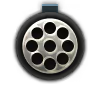 |  |  |  | |
| 19 × | 225 kg |  |  |  |  | |
| 2 × | 38.1 kg | 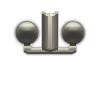 |  | |||
| 4 × | 76.2 kg | 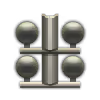 |  | |||
| 2 × | 42.9 kg | 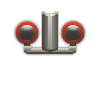 |  | |||
| 4 × | 85.8 kg | 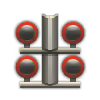 |  | |||
| 2 × | 128.3 kg | 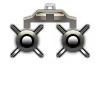 |  | |||
| 4 × | 198.5 kg | 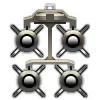 |  | |||
| 2 × | 20.2 kg | 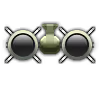 |  |  |  | |
| 2 × | 37.4 kg | 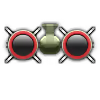 |  |  |  | |
| 100.2 kg | 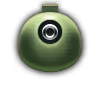 |  | ||||
3 × | 133.9 kg | 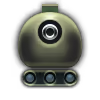 |  | |||












Flight performance |
|---|
Survivability |
|---|
Weaponry | ||||
|---|---|---|---|---|